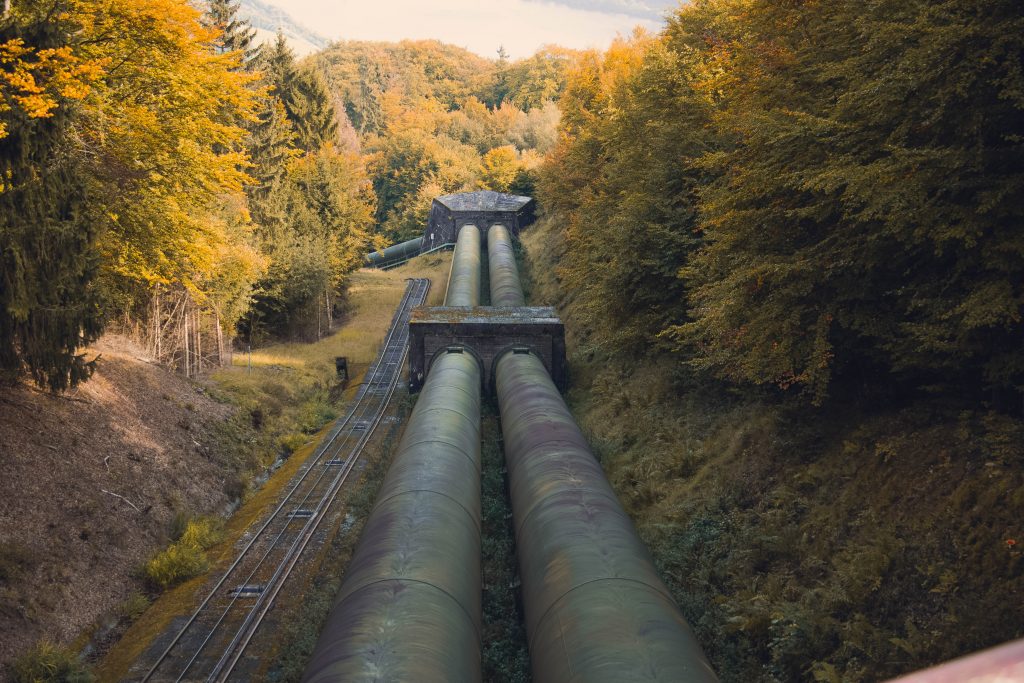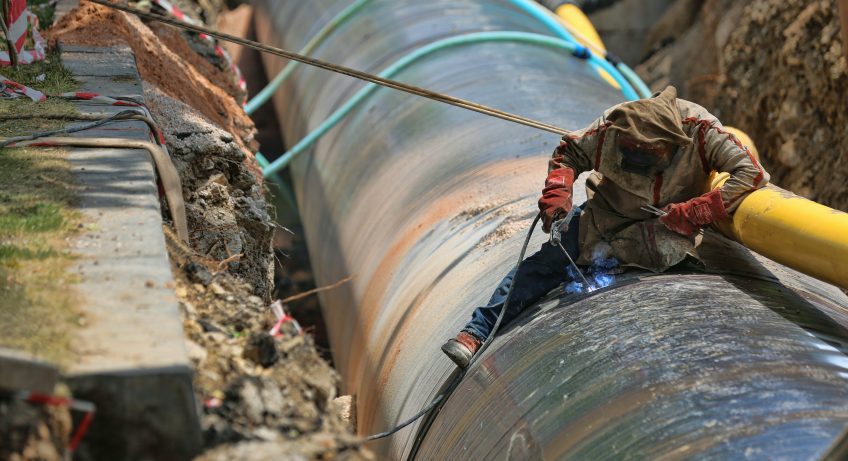The quality of the installation job determines the pipeline’s high reliability, functioning, and extended service life. The connecting parts, which are used to put the pipes together, play a specific function in this.
What are pipe fittings for?
Pipe fittings and pipe connections are used to connect lines of pipes and to alter piping systems by increasing the route or changing the flow direction. Industrial HVAC, water supply, power generation exhaust, and irrigation are just a few of the applications and sectors that use pipe fittings and accessories.
Fittings for PP pipes
Sgf fittings Malaysia, which are likewise composed of polypropylene, are used to install polypropylene pipes. Soldering is used to make the connection, which results in a sealed seam with qualities that are comparable to the main material.
It’s best to use fittings from the same manufacturer as the PPR pipes that the pipeline is made of. The diameter of the pipes utilised is also considered while making a decision. The following types of fittings are distinguished based on their intended use:
- Couplings are used to join pipes of the same diameter together.
- Couplings for connecting pipes of different diameters
- Corners and bends
- Crosses and tees
Fittings for HDPE pipes
HDPE pipes are commonly used for laying water pipes and gas supply pipelines. For their installation, three types of fittings can be used:
- Cast
- Electro welded
- Compression (crimp)
Welding is used to putting together the first two categories. Butt welding is used to join moulded fittings to pipes at the same time. Electro-diffusion welding is used to attach electro-welded fittings. When moulded and electrofusion fittings are attached, a hermetically sealed, high-reliability one-piece connection is created.
Crimping – collet method is used to mount compression fittings. The link is in a sealed, removable manner. A specific key is required for installation.
The type of fittings determines the breadth of their applicability. Plumbing and gas installations can benefit from cast and electrofusion fittings. Compression fittings are only authorised to be used in the installation of water pipes, as any leakage in gas pipelines must be avoided at all costs.
Fittings for reinforced plastic pipes
Compression and crimp fittings are commonly used to connect metal and plastic.
Crimp fittings are the simplest parts to assemble and may be done with a standard wrench. Because they form detachable connections, they have the advantage of being reusable. When you need to change the piping design, replace a pipe, or do other repairs, this is useful.
When employing compression fittings, however, keep in mind that they must be constantly monitored. The connection may depressurize over time, necessitating tightening of the nuts. As a result, these fittings are not suggested for concealed pipelines.
Press fittings ensure that the junction is as tight and durable as possible. They’re made to withstand larger working pressures, which broadens their application. The bond that is being formed is irreversible. If dismantling is required, you will need to cut a part of the pipe and the fitting together.
It’s worth noting that press fittings have a somewhat more complicated installation that necessitates the use of special press tongs.


